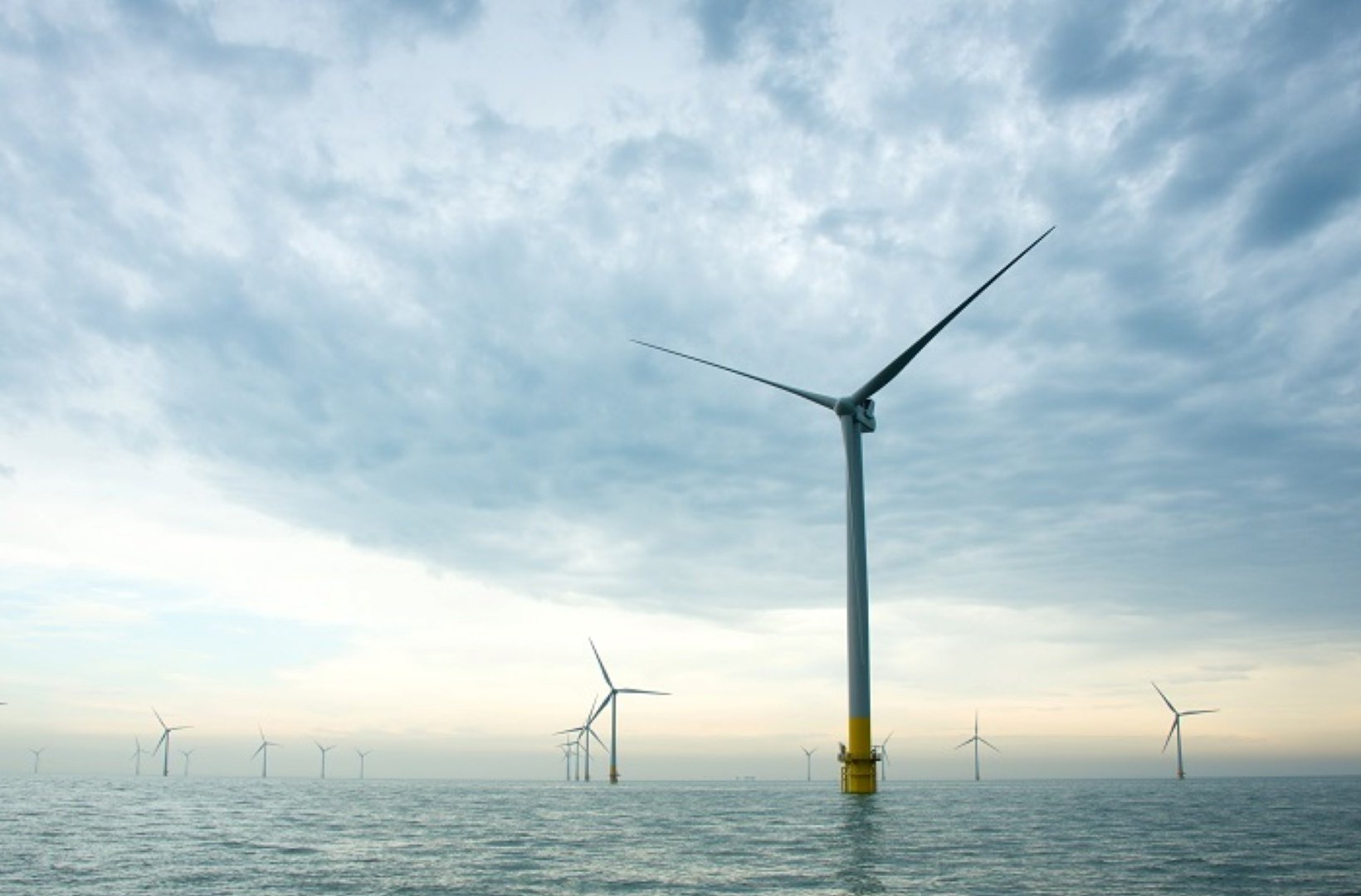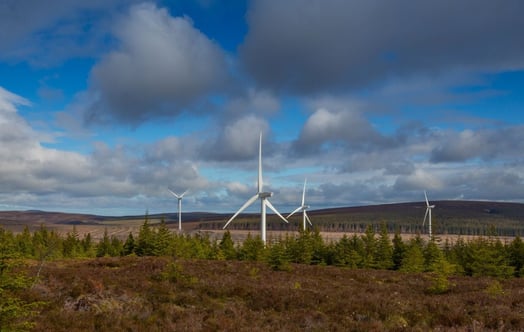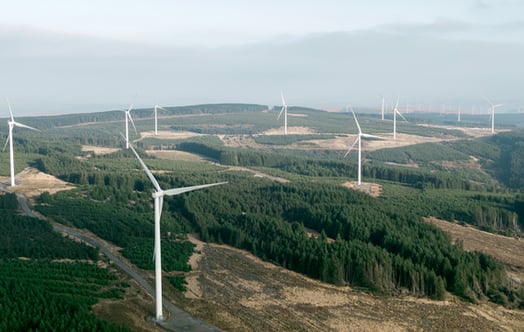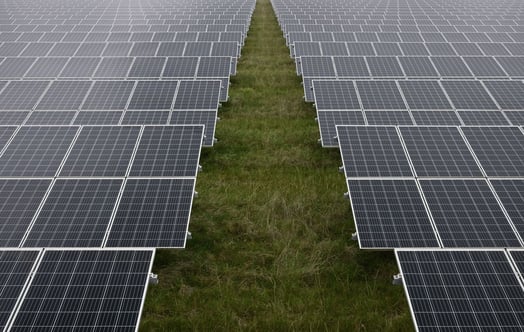
Vattenfall backing cable technology to minimise local impact
Vattenfall, the Swedish energy group behind the Norfolk Vanguard offshore wind farm, has revealed today significant design decisions about the wind farm that will deliver an environmentally sustainable project generating climate smart, low cost green electricity.
One of those decisions is to deploy High Voltage Direct Current (HVDC) cable technology to connect Norfolk Vanguard and its sister project Norfolk Boreas to the UK’s National Grid. The wind farm developer says today that it has made a strategic decision to back HVDC for its Norfolk wind farms as it believes it will be cost competitive in the early 20’s with HVAC whilst being better for local people and the environment where onshore infrastructure is located.
After eight exhibitions in Norfolk and direct feedback from nearly 800 individuals and organisations, Vattenfall sets out its local design decisions in an Interim Consultation Report, published today. This report shows how the views of local people and statutory consultees have influenced the latest design of the offshore wind farm and onshore electrical infrastructure.
The key design decisions include:
- Adoption of HVDC transmission connections which will avoid the need for cable relay stations near Happisburgh for Norfolk Vanguard and Norfolk Boreas
- Using HVDC transmission technology means a much narrower cable corridor throughout – offshore and onshore. The 45m wide onshore cable corridor running from landfall near Happisburgh to a substation near Necton, 60km away, allows Vattenfall to avoid sensitive sites including historical heritage, like buried archaeology near St Mary's Chapel, Kerdiston and a medieval moat north of Necton. (Vattenfall originally used a 100metre corridor in line with HVAC requirements).
- Long range horizontal direction drilling (HDD) at landfall near Happisburgh – where power transmission cables from the offshore wind farm come ashore – will avoid impact on the cliffs and mean no works are required on the beach
- Due to additional long range HDD, Vattenfall will avoid impact on all county wildlife sites and a number of important local amenity and tourism sites by adding further sections of trenchless crossing. As a result, features like Paston Way, Knapton Cutting, the Marriotts Way and Wendling Carr will be avoided
- Near Necton, the HVDC Norfolk Vanguard substation will be quieter than the HVAC alternative as it will incorporate fewer low-frequency noise emitting components and acoustic insulation. Also, the footprint of the HVDC project substation will not change, but the structure will be enclosed in taller buildings than the HVAC alternative. Vattenfall will work with local residents and groups to minimise the substation’s impact.
Gunnar Groebler, Vattenfall’s Head of Business Area Wind, said: “Vattenfall wants to be a leader in maturing HVDC technology to connect its large-scale, far offshore wind farms – like Norfolk Vanguard and Norfolk Boreas - to national grids. In taking that lead, we will work with HVDC technology suppliers to deliver cost competitiveness for big, far offshore wind farm projects. Importantly, it also means that our decision to deploy HVDC is kinder to the environment and local people.”
Ruari Lean, Vattenfall’s Project Manager of the Norfolk Vanguard offshore wind farm development, said: “We have listened very carefully to what local people told us about our plans for Norfolk Vanguard. In combination with our strategic review of transmission technology, the concerns raised by local people have influenced our decision to adopt pioneering HVDC infrastructure for Norfolk Vanguard. By backing HVDC technology, we will minimise the impact on people and the environment whilst keeping the cost of electricity down for the British consumer.”
Ruari added: “I would like to thank all of those people and organisations who have set out their hopes and concerns in evidence based feedback about our proposals for Norfolk Vanguard. It has been enormously helpful to us.”
Vattenfall will submit final plans for Norfolk Vanguard to the Planning Inspectorate in June 2018. Norfolk Boreas, also 1.8GW, is following Norfolk Vanguard in the planning process.
When up and running in the mid-2020s, Norfolk Vanguard’s 1.8GW of generating capacity will produce enough fossil-free power every year to meet the equivalent annual electricity demand of 1.3 million UK households, almost 5% of UK household demand*.



